The music production landscape has undergone a seismic shift in recent years, with artificial intelligence becoming an increasingly prominent tool in the creative process. Among the most talked-about developments in this space is LANDR, an automated mastering and mixing platform that's challenging traditional approaches to audio post-production. What began as a pioneering AI mastering service has evolved into a comprehensive ecosystem for music creators, offering everything from sample libraries to distribution services.
At its core, LANDR represents both the promise and controversy of AI in music. The platform uses machine learning algorithms trained on vast databases of professionally mixed and mastered tracks to provide instant audio processing. For independent artists and bedroom producers working with limited budgets, this technology democratizes access to polished, release-ready sound quality that was previously only attainable through expensive studio sessions with veteran engineers.
The science behind LANDR's automated mixing is fascinating. Rather than relying on static presets or simple EQ curves, the platform's algorithms analyze the spectral content, dynamic range, and spatial characteristics of a track before making processing decisions. This adaptive approach means two different songs fed into the system will receive customized treatments based on their unique sonic fingerprints. The technology continues to improve as more music passes through the system, creating a feedback loop that refines the AI's decision-making capabilities.
Professional audio engineers often raise eyebrows at the notion of AI mixing and mastering. There's an ongoing debate about whether algorithmic processing can truly understand artistic intent or make the subtle, tasteful decisions that define great mixes. While LANDR may not replace top-tier engineers for high-stakes projects, it has found its niche serving the vast middle market of creators who need decent results quickly and affordably. The platform's strength lies in consistency rather than brilliance - it rarely produces spectacular mixes, but just as rarely delivers complete failures.
User experience plays a significant role in LANDR's appeal. The interface is designed for simplicity, allowing musicians to upload tracks and receive processed versions within minutes. Multiple versions (labeled as "warm," "balanced," or "open," for instance) let users choose the flavor that best suits their material. This immediacy and accessibility have made the service particularly popular among content creators who need background music for videos, podcasters seeking polished audio, and emerging artists testing the waters of professional production.
Looking beyond mixing and mastering, LANDR has expanded into a full-fledged creative platform. Their sample marketplace connects producers with royalty-free sounds, while the distribution service helps artists get their music onto major streaming platforms. This vertical integration positions LANDR as more than just a tool - it's becoming an end-to-end solution for music creation and publication. Some industry observers see this as a strategic move to create an ecosystem where users rarely need to leave the platform throughout their creative workflow.
The ethical considerations surrounding AI in music production remain complex. As LANDR and similar services improve, they raise questions about the role of human expertise in an increasingly automated creative process. Some worry that widespread adoption of AI mixing could lead to homogenized sound across genres, as algorithms tend to push music toward established commercial standards. Others counter that these tools simply remove technical barriers, allowing more people to participate in music creation regardless of their engineering knowledge.
For all its technological sophistication, LANDR still faces limitations that reveal the nuanced nature of professional audio work. The platform struggles with unconventional arrangements or experimental genres that defy the norms its algorithms have learned. Human engineers still reign supreme when it comes to making creative mixing decisions that enhance a song's emotional impact or help define an artist's signature sound. These boundaries suggest that while AI will continue transforming music production, the human element remains irreplaceable in high-level creative work.
The business implications of automated mixing services are worth noting. LANDR operates on a subscription model, making professional-grade audio processing available at a fraction of traditional studio costs. This disruption has forced many independent engineers to reconsider their pricing structures and service offerings. At the same time, it has created new opportunities for hybrid workflows where producers use AI for initial processing before making manual tweaks or consulting with human engineers for final polish.
As machine learning technology advances, the line between human and AI mixing continues to blur. Recent versions of LANDR have introduced more customizable parameters, allowing users to guide the algorithm's decisions to some degree. This middle ground - where AI handles the technical heavy lifting while humans retain creative control - may represent the future of music production. The platform's evolution suggests a future where artificial intelligence serves as collaborator rather than replacement, augmenting human creativity instead of competing with it.
For musicians navigating the modern production landscape, services like LANDR present both opportunities and challenges. The accessibility of professional-sounding mixes empowers more creators to share their work with the world, potentially leading to greater diversity in musical expression. However, it also raises the bar for what constitutes "release-ready" quality, increasing pressure on artists at all levels to deliver polished productions. As with any disruptive technology, the long-term impact will depend on how the music community chooses to adopt and adapt these tools.
The story of LANDR reflects broader trends in creative industries where AI is playing an expanding role. From automated video editing to AI-assisted writing, we're witnessing a transformation in how art gets made. What makes music production particularly interesting is its combination of technical precision and emotional expression - qualities that test the boundaries of what algorithms can achieve. As these technologies mature, they're likely to redefine not just how music is produced, but our very understanding of the relationship between creativity and computation.
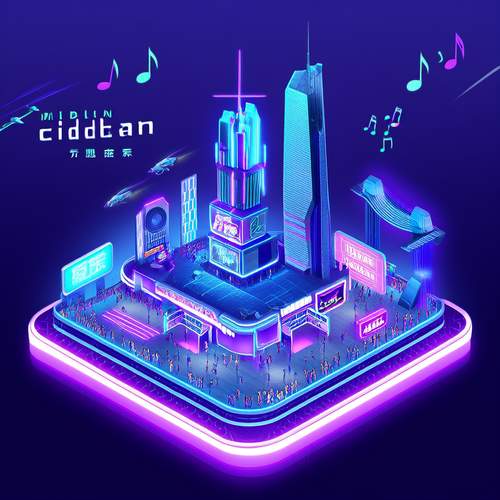
By /May 30, 2025

By /May 30, 2025
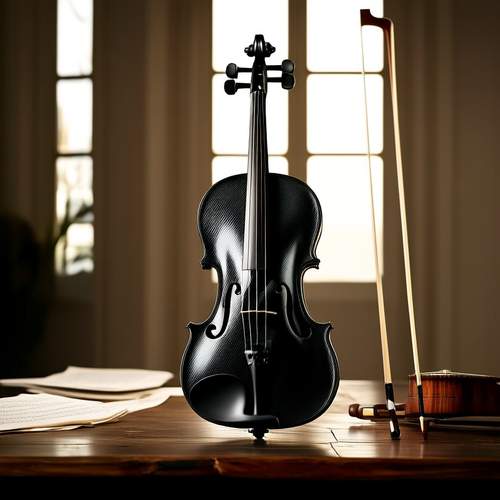
By /May 30, 2025

By /May 30, 2025

By /May 30, 2025
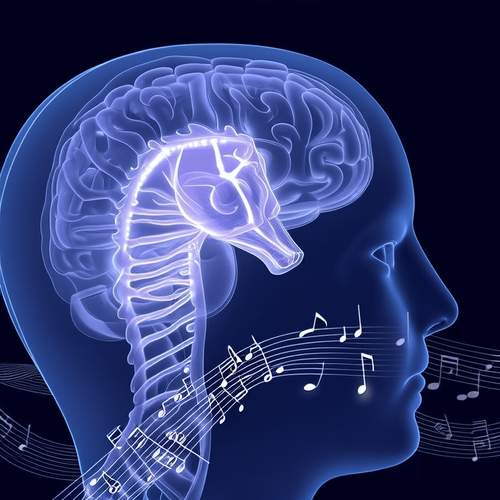
By /May 30, 2025
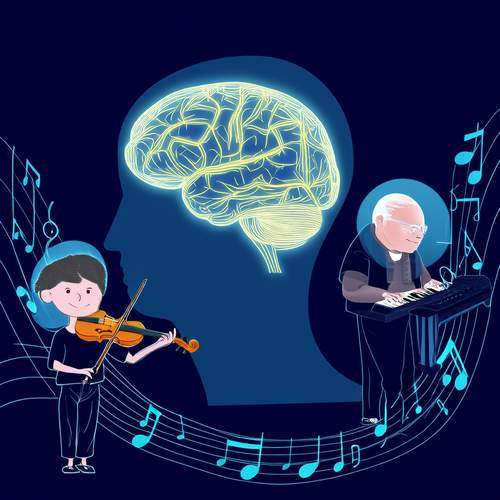
By /May 30, 2025

By /May 30, 2025

By /May 30, 2025

By /May 30, 2025

By /May 30, 2025
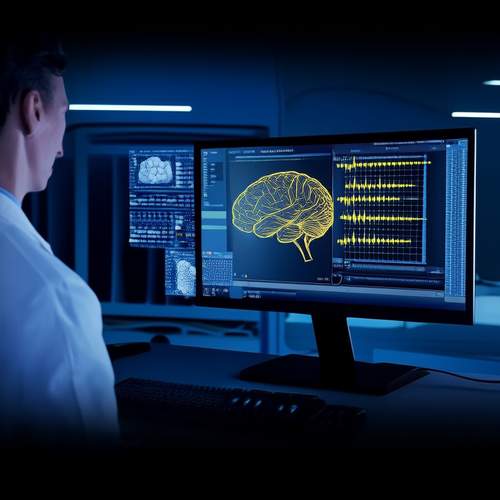
By /May 30, 2025

By /May 30, 2025
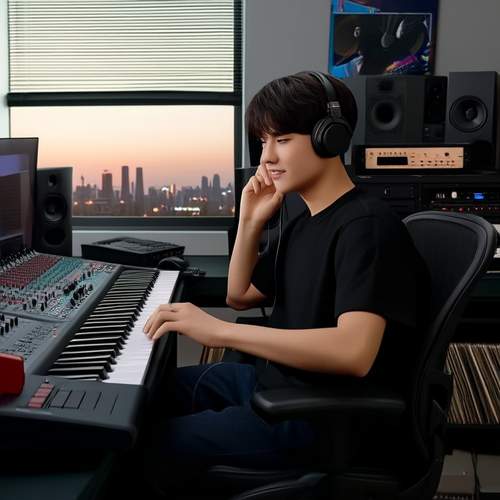
By /May 30, 2025

By /May 30, 2025

By /May 30, 2025
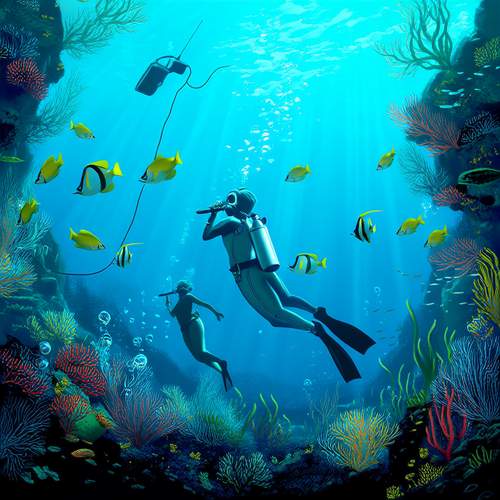
By /May 30, 2025

By /May 30, 2025
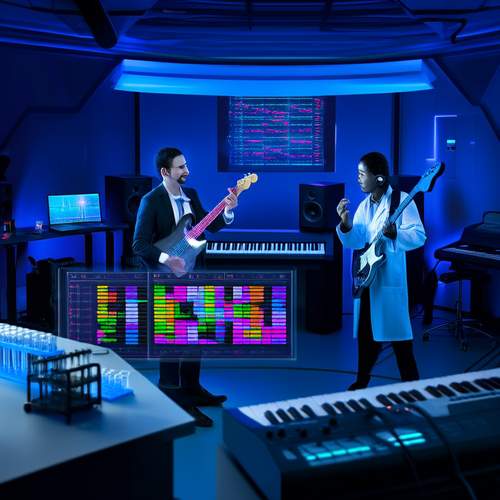
By /May 30, 2025